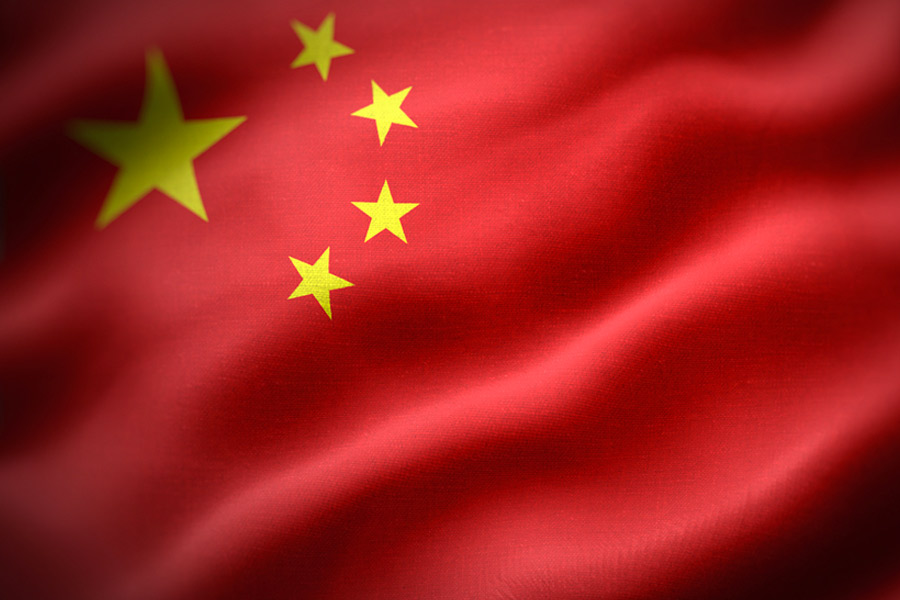July 2, 1997 was the day the Thai baht fell and the Asian crisis broke. Although it is just two years since the Thai economy went into a crisis, it looks as if it was long ago. In these two years, many economies of southeast Asia, earlier considered invincible, bit the dust. It is still doubtful whether they are fully on the path to revival. Even Singapore and Taiwan had to take special steps to avoid the impact of the domino effect.
The crisis of 1977 has not yet abated. The contagion effect on economies extending from Korea, Russia to Brazil has still not worn out. Economists have had to revisit their pet theories to explain why and how the crises arise and are transmitted.
There were very few of them who saw the coming crisis. Paul Krugman was one of the exceptions. He did foresee the coming crash, although not in exactly the same sequence or dimension it had. In a famous article in Foreign Affairs in May 1994, Krugman asked whether the Asian miracle was a myth. While he granted many good features of the Asian story, he pointed out the seeds of disaster.
Particularly, he questioned the emphasis on more and more investment without increase in ?total factor productivity?. (The last is economists? jargon for the intangibles that drive economic growth, particularly more research, more technology.) The point that Krugman stressed was that the brute force of more capital investment alone cannot guarantee continuing growth.
Krugman?s thesis, considered to be arrogant by some, was naturally contested. The seminal nature of his observations was, however, evidenced by the level of participants in the debate. Lee Kuan Yew, former prime minister of Singapore himself contested Krugman in seminars, giving as good as he got. While Krugman conceded some of the points raised by those who disputed him, he stuck to his main thesis that there was something rotten with the growth model of southeast Asia.
Krugman?s pessimism has turned out to be partly right, although not exactly for the reasons he urged. He has come back to the whole question of Asia?s growth and decline in a remarkable book, The Return of Depression Economics. While there has been, indeed, a plethora of articles, commentaries and books on the Asian crisis, I must confess that there has been none so lucid as Krugman?s latest offering. Not for nothing was he called the best economist of his generation by the Economist.
While there are many explanations offered for the crisis, none really fits the puzzle. After all, while Thailand had committed a grievous error in allowing its financial sector to get ahead and borrow abroad in short term markets to lend against real estate in Thailand, it was otherwise a model of fiscal discretion. It ran a healthy fiscal surplus and had no government borrowing to speak of. It was the foreign private sector which was pouring millions into Thai banks and finance companies, greedy for a good return. The finance companies naturally became over-extended.
When the bottom fell out of the real estate market, the finance companies were left high and dry. The foreign exchange loans could not be repaid. There was a run on the baht, as the expectation of default strengthened. What had happened was essentially the phenomenon of international financiers rushing in with funds eagerly and getting out when things got hot.
How can the standard economist?s prescriptions apply in such a case? Krugman, who quarrels with the routine policy advice given by multilateral institutions like the International Monetary Fund and the World Bank, feels that their advice was, in many cases, counter-productive ? for instance, when they insisted that a country like Thailand, facing disruption, raise interest rates and cut down credit. In Krugman?s view, this advice heightened the tragic dimensions of the Thai crisis.
Krugman has no patience with those who believe that ?crony capitalism? was responsible for the Asian crisis. In the sense the expression has been used in recent discussions, crony capitalism has not been a monopoly of southeast Asian countries. Further, it was there long before the crisis in those countries and that by itself cannot explain why the crisis took the shape it did in Asia.
Krugman cannot resist having a wisecrack at the triumphalists of the US for the manner in which they had themselves undertaken the rescue of Long Term Capital Management. Although the rescue did not fall within any of the accepted parameters of the United States Federal Reserve, the Fed did act proactively once the major financial firms of Wall Street were all involved. If this is not crony capitalism, what is?
Krugman is one of the converts to the view that full convertibility on the capital account may not be desirable, especially in the case of emerging economies in stress. It must be granted to his credit that, well before Mahathir Mohamad introduced them, Krugman had advocated a limited resort to the use of exchange controls in a situation like that of Malaysia. He points out that capital controls may be beneficial under certain circumstances. China and India have escaped the trauma of the Asian crisis mainly because of their own patterns of control in capital movements. Krugman stresses China?s experience, but does not refer much to India.
Krugman has a pat on the back for Hongkong?s rather unconventional defence of its currency. He recalls how stalwarts like Milton Friedman had called Hongkong a renegade to the concept of free market capitalism. In the afterlight of events, it is the Hongkong authorities who have, indeed, turned out to be right. It is their brilliant intervention in the currency markets as well as the stock markets, which singed the speculators and taught them a costly lesson.
As a result, the Hongkong authorities succeeded not only in upholding the Hongkong dollar, but also in making a handsome profit on their transactions on the stock markets. Only now have they started unloading the stocks they purchased. Those who came to scoff now remain to praise.
With regard to the future, Krugman is uncomfortable, particularly about both the US and Japanese situations.
He feels the present US economic scenario of growth, supported by continuing inflows from abroad, is unsustainable.
In so far as Japan is concerned, he feels the government should consciously work to unlock the liquidity trap. Even with near zero interest rates, the economy is not reviving. Krugman feels that the Japanese central bank should attempt to print more money and aim at a higher degree of inflation.
Krugman?s emphasis is on the fact that we are in the presence of depression economics, which he defines as a ?study of situations, where there is a free lunch, if only we figure out how to get our hands on it because there are unemployed resources that could be put to work?. He quotes, with approval, John Maynard Keynes: ?We have involved ourselves in a colossal muddle, having blundered in the control of a delicate machine, the working of which we do not understand.?
The true scarcity in his world ? and ours ? was therefore not of resources, or even of virtue, but of understanding. We tend to agree with Krugman that the only important obstacles to world prosperity are the obsolete doctrines that clutter the minds of men.
There is admittedly a great deal of instruction and some fun to be had in Krugman?s work. Unlike J.K. Galbraith?s scintillating wit, Krugman?s is more gentle and not coruscating. Nor does he exhibit the arrogance most eminent economists have. At the same time, Krugman makes people think.
But I have a gnawing doubt. Are we in the hands of the right doctors, if even so eminent a practitioner turns a near heretic?
The author is former governor, Reserve Bank of India
 Thursday, 22 May 2025
Thursday, 22 May 2025










